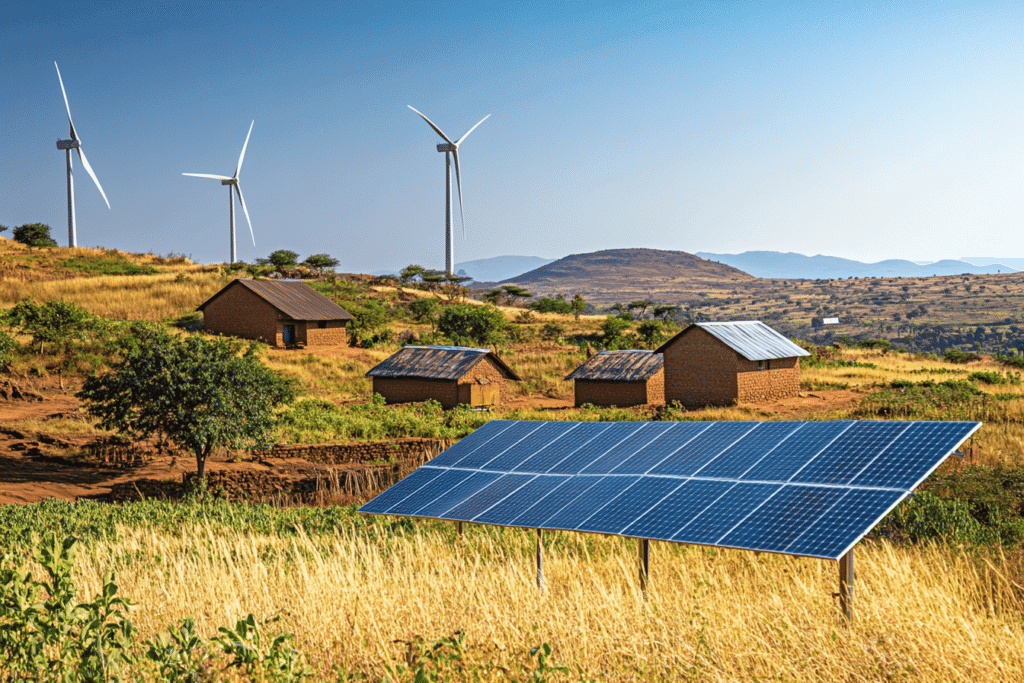In the heart of Kentucky, as bourbon demand is set to double in the next five years, a unique ecological opportunity emerges. The considerable production of bourbon generates a byproduct called stillage, traditionally used to feed livestock, whose numbers have hit a historic low since 1951. In this context, researchers are looking into an innovative alternative: transforming this residue into bioenergy. By valorizing this protein-rich material, distilleries could not only minimize their carbon footprint but also become a new source of methane, a natural gas that is more environmentally friendly than conventional fuels. This evolution highlights the potential of distilleries to not only produce bourbon but also energy.
The demand for bourbon is expected to double in the next five years in Kentucky, even as the cattle population has reached its lowest since 1951. These two facts pave the way for an ingenious solution: transforming bourbon distilleries into new renewable energy sources. After the distillation process, a protein-rich substance known as stillage remains, usually used for livestock feed. However, with the decline in cattle, researchers are exploring the conversion of this residual material into biogas methane.
Experiments conducted by the James B. Beam Institute for Spirits in Kentucky have shown that the corn, barley, rye, and wheat grains present in stillage can be converted into methane by anaerobic bacteria. The results indicate that corn-rich mixtures produce the highest yields of methane. Methane, when burned, is a cleaner energy source, emitting less CO₂ than traditional fuels like coal. Thus, this method could allow distilleries to become circular systems where waste turns into fuel, contributing to the energy transition of the region.

bourbon distilleries and the energy potential of stillage
In the fascinating world of bourbon distilleries, a byproduct called “stillage” emerges as a promising solution for the production of renewable energy. This residue, resulting from the distillation process, is primarily used as feed for livestock. However, the declining number of cattle in Kentucky opens the door to new uses for stillage. Far from being mere waste, stillage has a high protein and nutrient content, making it a potential raw material for generating bioenergies. With bourbon demand expected to double in the next five years, it becomes crucial to diversify the use of this byproduct.
turning waste into energy resources
Researchers at the James B. Beam Institute have explored the possibility of converting stillage into methane, a natural gas that can be used as a source of energy. Through experiments with anaerobic bacteria, they have demonstrated that the composition of grains in stillage influences methane production. By modulating the content of corn, barley, rye, and wheat, they optimized methane yields, making stillage a viable option to power distilleries and other facilities. This development can transform distilleries into major players in the energy transition.
the environmental impact of cleaner energy
The adoption of this conversion technology by bourbon distilleries could reposition Kentucky as a leader in clean and renewable energies. By producing methane gas, which is less polluting than traditional fossil fuels, distilleries can not only reduce their ecological footprint but also generate electricity, heat buildings, and power vehicles. With investments, such as those from Pernod Ricard in Marion County, the potential of these technologies could be fully utilized, transforming a historical industry into a driving force for sustainable development. To learn more about this commitment, check out the full article on Pernod Ricard.
Articles similaires
Thank you!
We will contact you soon.














